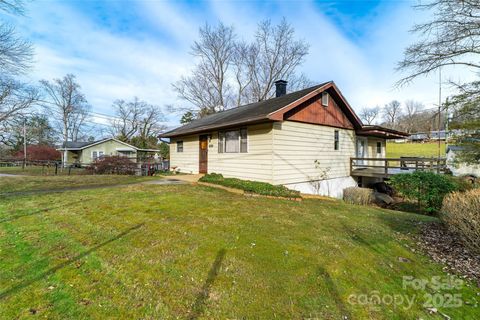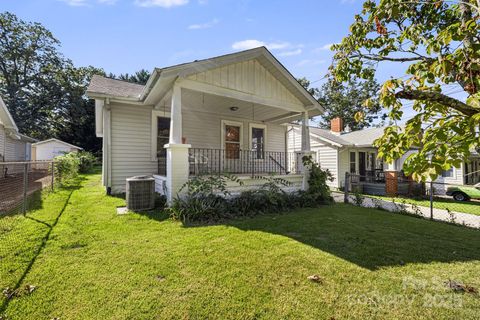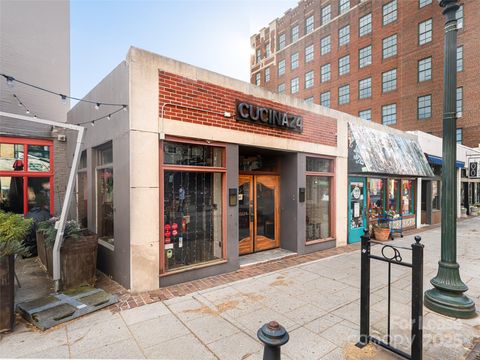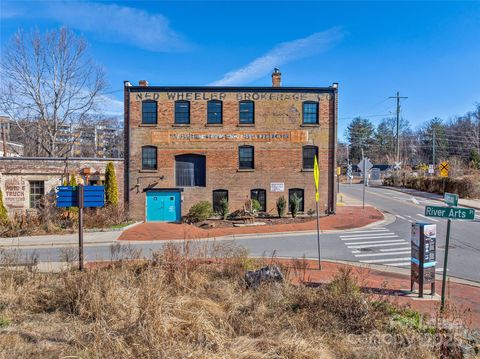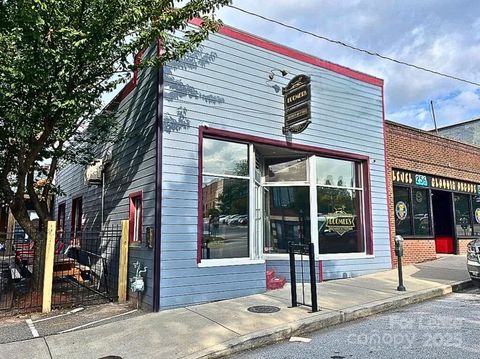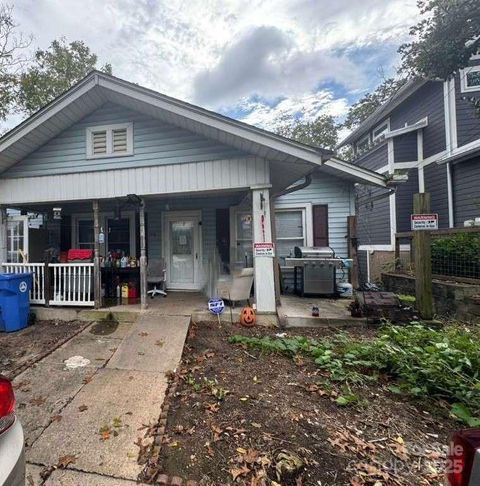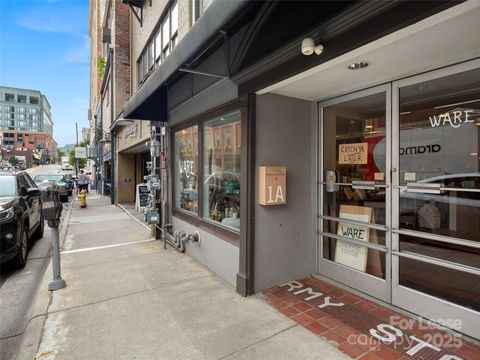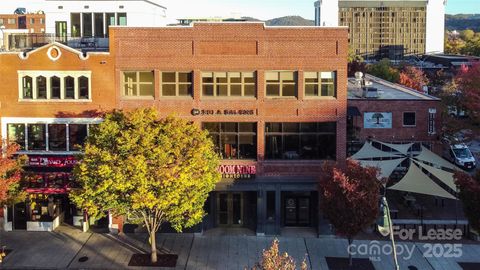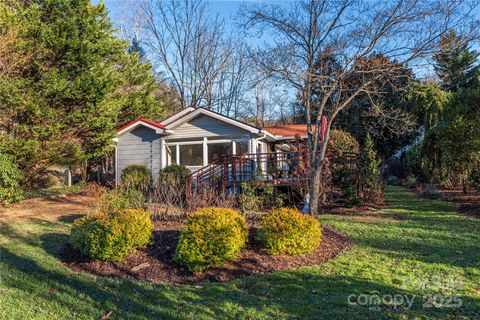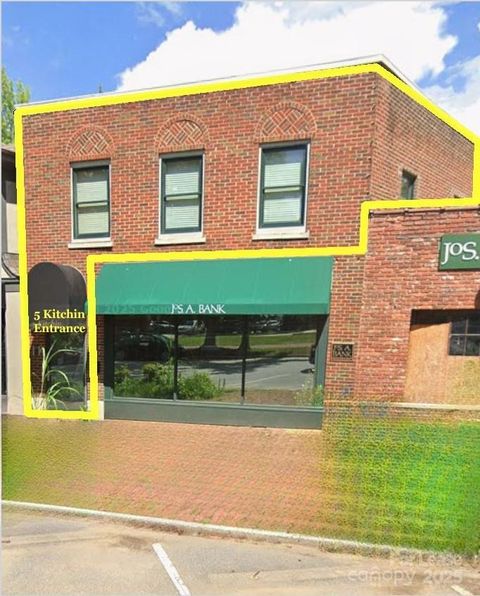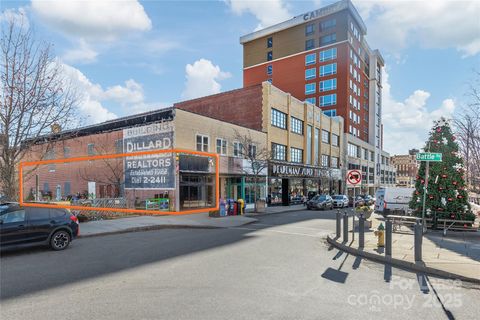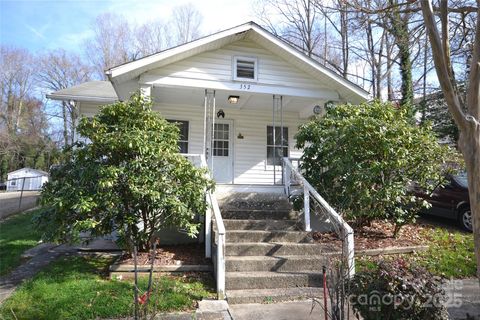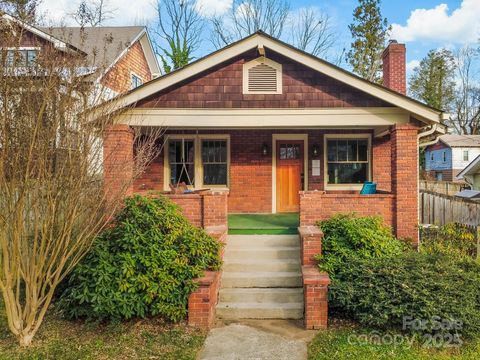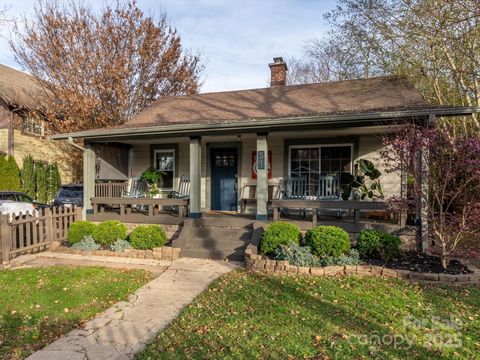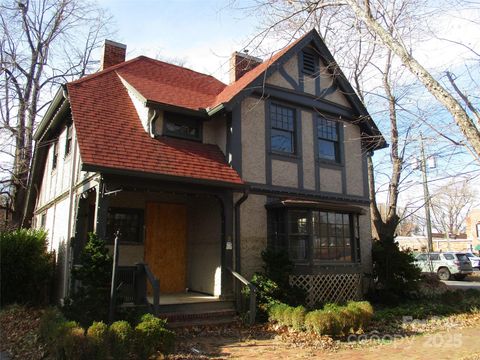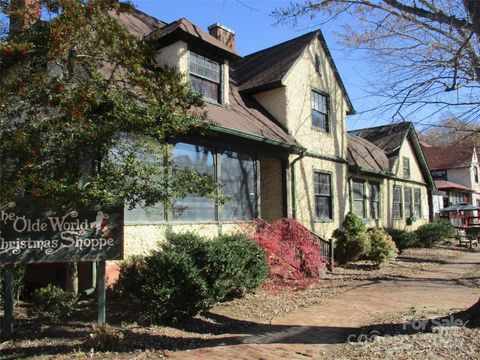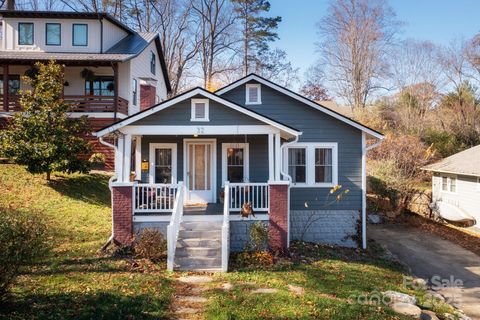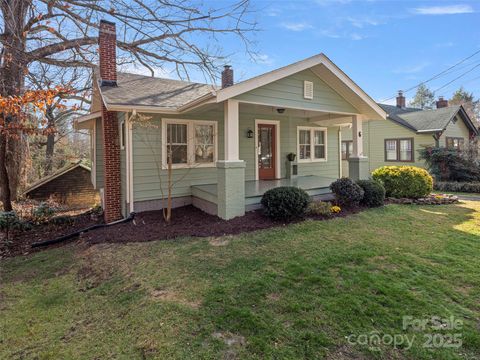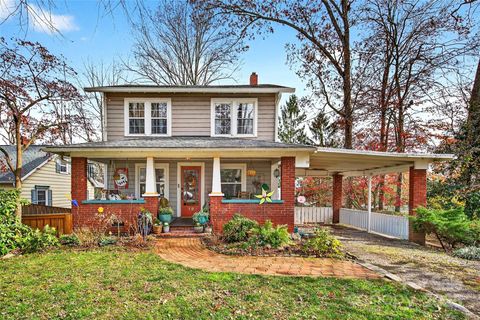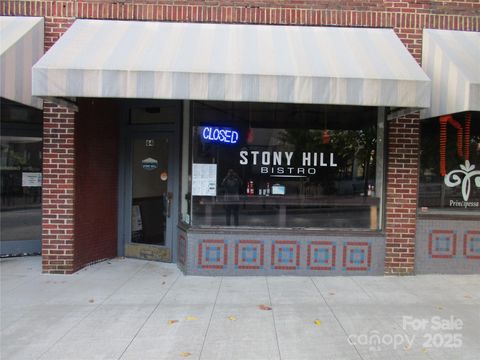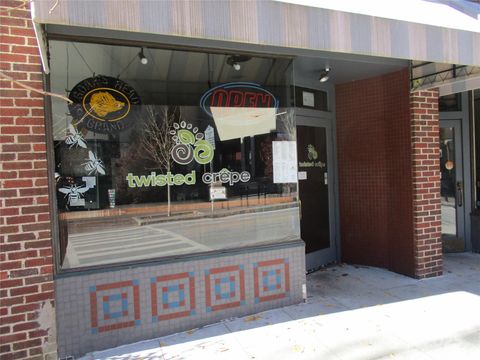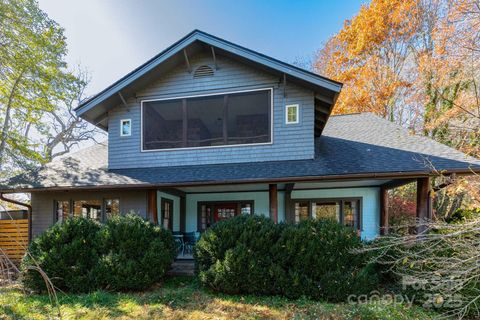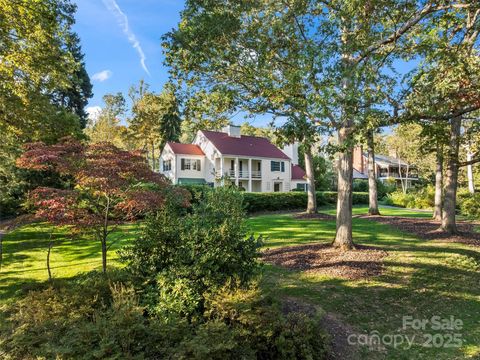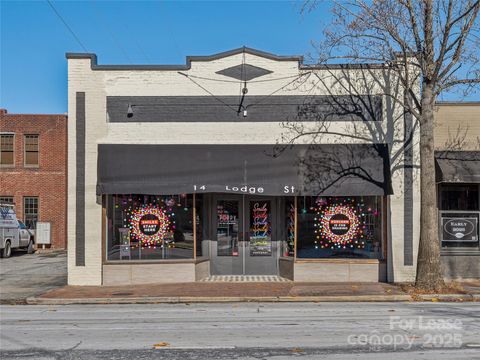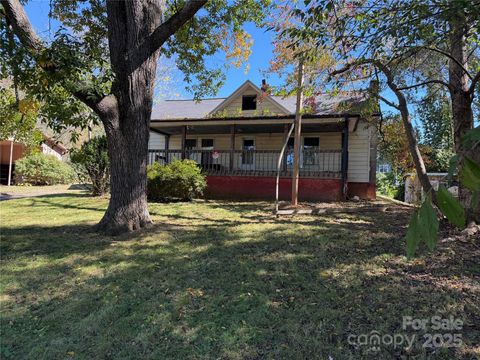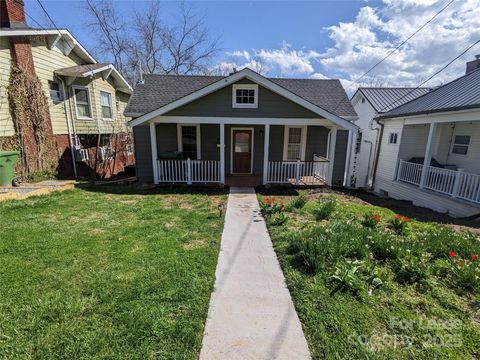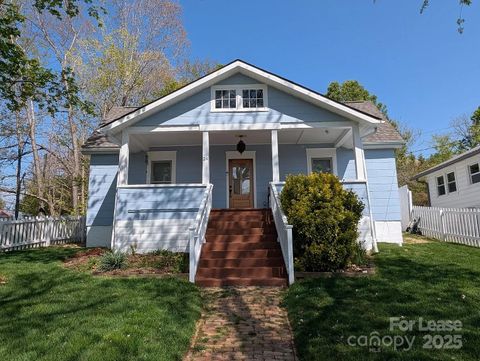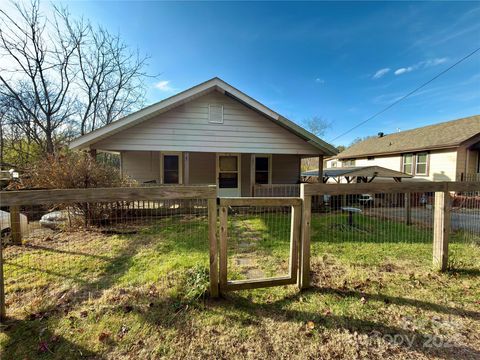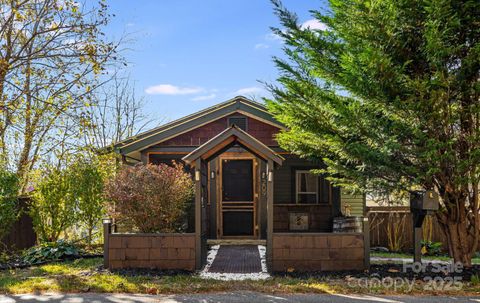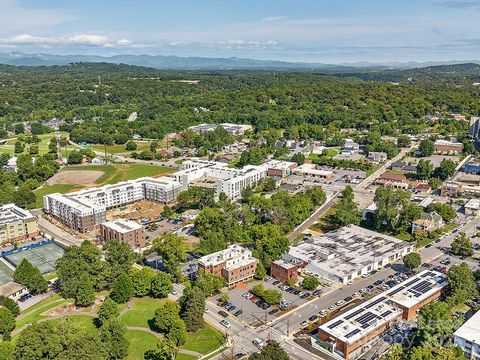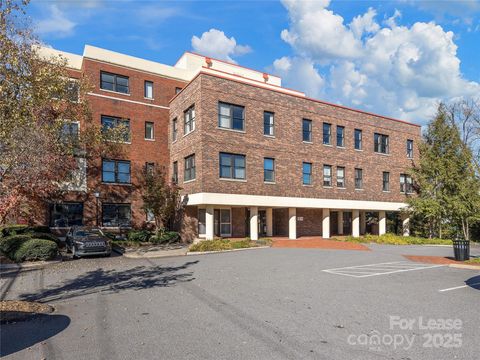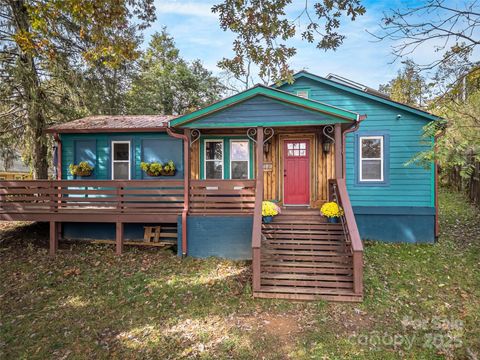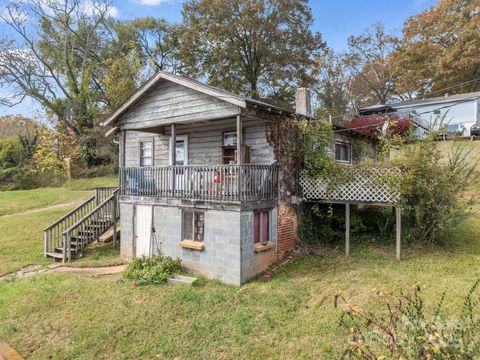Historic Homes for Sale in Asheville, NC | Uncover Asheville’s Storied Past & Architectural Gems
Welcome to the vibrant Asheville, NC real estate market, where owning a piece of history is a distinct privilege. Whether you’re actively searching for your dream **historic home for sale in Asheville**, exploring architecturally significant investment properties, or aiming to maximize value when selling your historic house in Asheville, North Carolina, our dedicated team provides unparalleled expertise and local insights. We specialize in navigating the unique dynamics of the local market, including understanding the ever-evolving city regulations and zoning that shape the Asheville real estate landscape for historic properties. From its charming established neighborhoods with rich histories to its exciting array of period homes, we cover every facet. this search is based on age of properties meaning each of these properties is at least 50 years old. We also have additional information on historic property searches.
Our goal is to help you discover the latest available **historic Asheville homes for sale**, access crucial, up-to-date market trends specific to these unique properties, and leverage our dedicated guidance to confidently achieve your real estate goals in Asheville, NC. For those interested in the future development and specific planning aspects, you can find additional detailed information directly from the source on Asheville, NC, government homes and planning and begin your journey today. *Additional historic homes information located below the listings.* Contact us if you need help.
The Allure of Asheville’s Historic Homes: More Than Just Four Walls
- Unrivaled Character & Craftsmanship: Think original heart pine floors, hand-carved mantles, intricate stained glass, built-in cabinetry, and grand staircases – details modern construction rarely replicates.
- Enduring Value & Appreciation: Architecturally significant properties often hold their value, appreciating as unique, irreplaceable assets in a desirable market like Asheville.
- A Deep Sense of Place: Owning a historic home immerses you in the authentic fabric of Asheville’s beloved neighborhoods, connecting you to generations of stories and a rich community feel.
- Sustainable Living by Design: The ultimate form of recycling, preserving an existing structure is an inherently ‘green’ choice, reducing waste and embodied energy.
Featured Historic Homes for Sale & New Listings in Asheville NC
Other Asheville, NC Home Searches
Asheville’s Architectural Tapestry: A Style Guide for Discerning Buyers
Our city boasts an extraordinary array of architectural styles, each telling a distinct story of Asheville’s growth and artistic spirit. Understanding these unique characteristics is key to finding your perfect historic gem. Dive into the details below:
- Queen Anne: Characterized by irregular massing, turrets, conical roofs, elaborate turned spindles (spindlework porches!), bay windows, patterned shingles (often ‘fish-scale’), and vibrant, often contrasting paint schemes. These are some of Asheville’s most recognizable and flamboyant historic homes.
- Where to find them: Abundant in the **Montford Area Historic District**, particularly along Pearson Drive, Cumberland Avenue, and Montford Avenue. Also scattered in **Chestnut Hill**.
- Shingle Style: A more subdued, yet equally impressive, contemporary to Queen Anne, emphasizing natural materials and a continuous shingle skin that flows over walls and roofs, often with asymmetrical forms and broad porches.
- Where to find them: Less common than Queen Anne but present in the older sections of **Montford** and some early **Grove Park** estates.
- Bungalow/Craftsman: Defines much of Asheville’s beloved historic housing stock. Look for low-pitched gable or hip roofs with wide, overhanging eaves, exposed rafters, tapered square columns supporting spacious front porches, natural wood accents (often oak or chestnut), built-in cabinetry, and functional, open floor plans.
- Where to find them: Prolific in **West Asheville** (especially around Haywood Road), **Kenilworth**, and sections of **North Asheville** and **Lakeview Park**. Many charming examples can also be found in **Albemarle Park**.
- American Foursquare: A popular, more rectilinear style often seen alongside bungalows, typically two stories with a square footprint, a low-hipped roof, and a large central dormer. They often incorporate Craftsman elements.
- Where to find them: Common in the historic sections of **West Asheville** and **Oakley**.
- Colonial Revival: Characterized by symmetrical facades, classical columns (often Doric or Ionic), prominent centered front doors with sidelights and transoms, multi-pane double-hung windows, and often constructed of brick or clapboard. These homes exude a timeless, dignified presence.
- Where to find them: Prominent in **Grove Park** (e.g., along Kimberly Avenue, Edgemont Road), **Albemarle Park**, and some grander homes in **Montford**.
- Tudor Revival: Distinctive for steeply pitched gable roofs, decorative half-timbering (exposed wood framing with infill, typically stucco or brick), massive chimneys, and often asymmetrical designs inspired by medieval English cottages.
- Where to find them: Scattered through **Grove Park** and **Kenilworth**, offering a charming, storybook quality.
- Art Deco / Art Moderne: While more prevalent in downtown commercial buildings (think the Basilica of St. Lawrence or the Kress Building), some unique residential conversions or custom homes from the 1920s-40s incorporate the sleek lines, geometric patterns, and often glass block features of these modern movements.
- Spanish Colonial Revival: Occasionally, a stucco exterior with red tile roofs, arched doorways, and ornate ironwork will appear, hinting at influences from warmer climates, adding to Asheville’s rich architectural mix.
- Folk Victorian: Simpler, vernacular homes adorned with some decorative Victorian trim, blending local building traditions with a touch of grandeur.
These less common styles contribute to the truly unique and diverse streetscapes you’ll discover across Asheville’s historic districts.
Asheville’s Storied Neighborhoods: Where Every Street Whispers History
The charm of Asheville’s historic homes is inseparable from the neighborhoods they inhabit. Each area offers a distinct personality, community vibe, and architectural signature.
- Key Styles: Queen Anne, Colonial Revival, Arts & Crafts.
- Local Tip: Don’t miss the Montford Holiday Tour of Homes for a glimpse inside these architectural masterpieces.
- Key Styles: Colonial Revival, Tudor Revival, Shingle Style.
- Local Tip: Enjoy a coffee or cocktail on the legendary veranda of the Grove Park Inn for an unparalleled view, just a stone’s throw from many of these homes.
- Key Styles: English Arts & Crafts, Colonial Revival.
- Local Tip: Explore the independent shops and grab a bite at one of the village’s unique eateries – it’s a world unto itself.
- Key Styles: Craftsman Bungalow, American Foursquare, Folk Victorian.
- Local Tip: Spend an afternoon exploring the Haywood Road corridor for a true taste of West Asheville’s vibrant, quirky character.
- Key Styles: Arts & Crafts, Shingle Style, Colonial Revival.
- Local Tip: Take a leisurely stroll through the park-like setting to fully appreciate the integrated design and mature landscaping.
- Key Styles: Arts & Crafts, Tudor Revival, Colonial Revival.
- Local Tip: Explore the charming Kenilworth Lake and its surrounding green spaces for a peaceful escape within the city.
- Key Styles: Victorian (especially Queen Anne), early 20th-century Colonial Revival and Folk Victorian.
- Local Tip: Enjoy the convenience of walking to downtown Asheville while living on a historic, tree-lined street.
Navigating Your Historic Home Journey: Preservation & Local Expertise
Owning a historic home in Asheville is a privilege, and understanding the local landscape of preservation is key. We’re here to guide you through the unique considerations.
- National Register of Historic Places: Listing on the National Register is an honor that acknowledges a property’s historical or architectural significance. While it does not restrict private owners from making changes, it can open doors to federal and state historic preservation tax credits for eligible rehabilitation projects.
- Local Historic Districts (e.g., Montford, Biltmore Village, Albemarle Park, St. Dunstan’s): If a property is located within a locally designated historic district, exterior changes (including additions, new construction, or demolition) are subject to review by the **Historic Resources Commission (HRC) of Asheville and Buncombe County**. This requires obtaining a **Certificate of Appropriateness (COA)** to ensure changes are compatible with the district’s character and the adopted Design Guidelines.
- Local Historic Landmarks: Individually designated properties that receive local protection. Owners of local landmarks may be eligible for an annual 50% property tax deferral, provided the property’s historic features are maintained. They also require a COA for exterior changes.
- Why it Matters: These guidelines ensure the enduring charm and integrity of Asheville’s historic fabric, protecting your investment and the neighborhood’s character. We work closely with the HRC and can help you understand the specific guidelines for any property you’re considering.
Learn more from the City of Asheville Historic Preservation page.
- Working with Experts: It’s crucial to partner with Asheville-based contractors, architects, and tradespeople who have proven experience with historic preservation. They understand period-specific materials, techniques, and the nuances of working within preservation guidelines. We can connect you with trusted local professionals.
- Common Considerations: Expect potential discoveries like knob-and-tube wiring, older plumbing, lead paint, or hidden architectural features. Addressing these is part of the rewarding journey of bringing a historic home up to modern standards while retaining its soul.
- Architectural Salvage & Period Correctness: Asheville is home to fantastic resources like **Scrounger’s Paradise** and **Antique Tobacco Barn**, where you can find salvaged architectural elements (doors, windows, hardware, mantles) to maintain or restore period-correctness. This is a local treasure hunt!
- The Rewards: The result of a thoughtful historic renovation is a home with unmatched character, superior craftsmanship, and a story that resonates through time, often increasing its value significantly.
Visit Scrounger’s Paradise or explore Antique Tobacco Barn for unique finds.
- Historic Preservation Tax Credits: North Carolina offers both federal and state income tax credits for the substantial rehabilitation of income-producing historic properties and owner-occupied historic homes (check current NC State Historic Preservation Office guidelines for eligibility). These can be significant incentives!
- Property Tax Deferrals: For locally designated historic landmarks in Buncombe County, owners may qualify for an annual 50% property tax deferral if important historic features are maintained.
- Renovation Loans: Various loan programs (e.g., FHA 203k, conventional renovation loans) are available that can bundle the purchase price and renovation costs, making it easier to finance a historic property in need of updates.
- Expert Guidance: We can help you navigate these options and connect you with local lenders familiar with financing historic properties in Asheville.
Explore NC State Historic Preservation Office (HPO) information and Buncombe County Tax Relief Programs.
Looking for additional resources for historic properties or how to search? Find information on building a search for historic properties.



